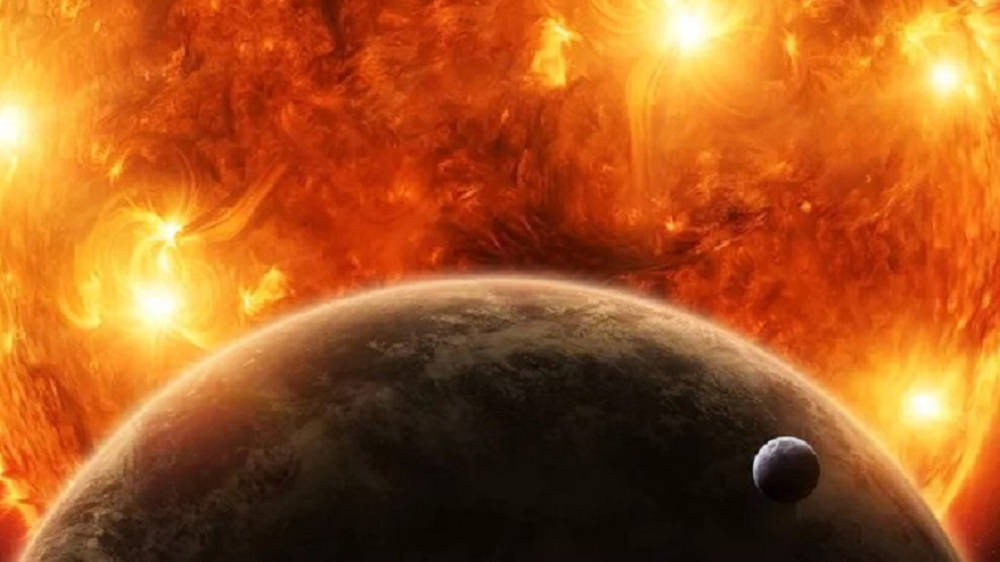The most powerful solar storm in over two decades has hit the Earth

The Earth has experienced the strongest solar storm since 2003, says the US National Oceanic and Atmospheric Administration (NOAA). A geomagnetic storm may also cause occasional disruptions to satellites, navigators, radio connections or, in extreme cases, problems with the distribution of electricity.
Since Thursday 9 May 2024, several solar flares have occurred in the Sun. The associated Coronal mass ejections have reached the Earth. Coronal mass ejections are visible as northern lights. Last weekend, spectacular northern lights were detected in Finland, also in the southern parts. Several Coronal mass ejections originating from the Sun are still on the way towards the Earth.
The authorities urged satellite operators, airlines and electricity companies to take precautions against possible disturbances caused by changes in the Earth's magnetic field. In Finland, electricity distribution is more resistant to geomagnetic storms than in other countries, for example due to transformers that are well resilient to space weather.
A solar storm is a powerful flash of particulate matter in the Sun, which brings a cloud of particulate matter to the Earth. Unlike the solar flare, which runs at the speed of light and reaches the Earth in about eight minutes, solar storms, or Coronal mass ejections, move more slowly. The authorities estimate that the current average speed is 800 kilometres per second.
The solar storm is related to sunspots. These eruptions are from a cluster of sunspots that is 17 times wider than our planet. The sun approaches the peak of 11 years, bringing increased activity. The greater the effects of solar storms on the Earth, the closer the observation area is to the magnetic polar.
A powerful solar storm has knocked out the power grid a few times in the history of mankind. In spring 1989, a fairly strong geomagnetic storm caused a nine-hour power outage in Canada. In autumn 2003, this storm destroyed Malmö's electricity grid in Sweden and damaged the electricity infrastructure in South Africa. The strongest space storm in history was in 1859, when excessive currents of telegraph lines caused electrical shocks to technicians and even set some telegraph equipment on fire.
According to the Finnish Meteorological Institute, major geomagnetic disturbances, or storms, typically last for a couple of days. If mass bursts occur several times in a row, it may take a week without interruption.
The Finnish Meteorological Institute has operated a space weather watch since 2014. The space weather watch monitors the space weather around the clock and prepares northern lights forecasts.
Finnish Meteorological Institute – Northern lights
Skywarden — Ursa Observation Service
Sources: Finnish Meteorological Institute, Helsingin Sanomat, Uusi Suomi, Yle, MTV




